How Do Challenger Brands Become Market Leaders?
In Silicon Valley, startups reaching a valuation of $1 billion are known as unicorns because they’re considered so rare. As of April 2016, there are 165 such privately-owned companies from Airbnb to ZocDoc,[1] a number which might suggest to the casual observer that the unicorn isn’t quite so rare after all.
However, “Failure is the norm,” according to Shikhar Ghosh, a senior lecturer at Harvard Business School and expert on entrepreneurship. Among the many millions[2] of global startups annually and within the broader, competitive marketplace, survival — and success — are exceptional.
Great Companies Also Fail
Twenty years ago, another Harvard Business School professor published “The Innovator’s Dilemma” to explore what makes well-managed, top tier companies fail.
Clayton M. Christensen, named the world’s most influential business thinker by Thinkers50 in 2011[3], determined that, “Great companies can fail ― not because they do anything wrong, but because they do everything right. Meeting customers’ current needs leads firms to reject breakthrough innovations ― ’disruptive technologies’ that create the products and opportunities of the future.”
Challenging the Status Quo
A challenger brand attacks the market leader(s) by offering a superior product or service…and by satisfying the customer.
From Silicon Roundabout to Silicon Valley to Silicon Wadi, everyone with a good idea has dreams of becoming the next Gates, Jobs, or Zuckerberg.
Chances are slim indeed for quantity to morph into quality. GEM, the Global Entrepreneurship Monitor, puts the estimate of new companies born each year at 100 million. Of these, half won’t last five years and few will crack through $1 million in yearly billings.[4]
Nevertheless, challenger brands enter vastly different verticals at widely varying moments in the life cycle of that segment’s status quo. Even with a brand new idea, such as online social networking, The Facebook, as it was originally called, was a challenger brand in 2003.
Remember Friendster? Philanthropist Sean Parker, first president of Facebook says of Friendster, “That’s a classic case of where a company just blew it. And MySpace is another case. Facebook had no chance to win; it should not have won the market…the only reason we won was the gross incompetence of MySpace…”
By definition, new contenders are less risk averse, more nimble, and entering their field with lower costs. As Parker points out, established brands must keep a sharply focused view over the shoulder at all times.
However, if a rear view mirror were enough to make it big, we’d see hundreds of thousands of unicorns grazing in virtual startup meadows. Instead, books by hundreds of prize-winning thinkers address and re-address the magic formula for a challenger brand to become a market leader.
Consider how these fundamentals of branding play out on the Challenger Brand Stage.
Five Golden Rules for Challenger Brands
- Differentiate: Define what you’re trying to change — and how
- Influence: Be convinced — and convincing
- Connect: Clearly state your value proposition — authentically
- Communicate: Learn from mistakes — both yours and others
- Innovate: Listen to customers — and keep looking over your shoulder
Are you struggling with how to make your brand highly visible, different, distinctive memorable and loveable? Take a look at the Personality Profile Performer™ Programme. It’s a step-by-step process to make your brand No.1 in your target market — especially if you’re a challenger.
Challenger Brand Case Studies
Natural Foods and Groceries – Whole Foods Versus Everybody
Founded in Austin, Texas in 1980, one small store and four owners decided the natural food industry was ready for a supermarket format. Today, the market leader in organic and natural foods has 440 locations in North America and the UK, with fiscal year 2015 total sales of $15.4 billion, up 8 percent year-on-year. Over 5 percent of total net profits goes to charities.
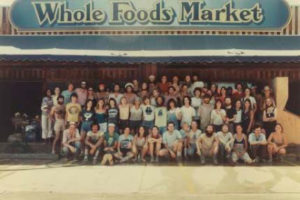
Image via www.wholefoodsmarket.com
Whole Foods is no stranger to connecting with customers and other branding fundamentals. Their fourth quarter earnings report states, “There has never been a time where customers have had more interest in what they eat, where it comes from and who’s growing it. Our company mission, commitment to transparency, and culture of innovation are more relevant than ever, and we see tremendous growth potential as food consciousness continues to evolve.”
How focused is Whole Foods on looking over their shoulder? “We recognize the need to move faster and go deeper to rebuild traffic and sales and create a solid foundation for long-term profitable growth and are taking the necessary steps to better communicate our differentiation, improve our value perception, and fundamentally evolve our business.”
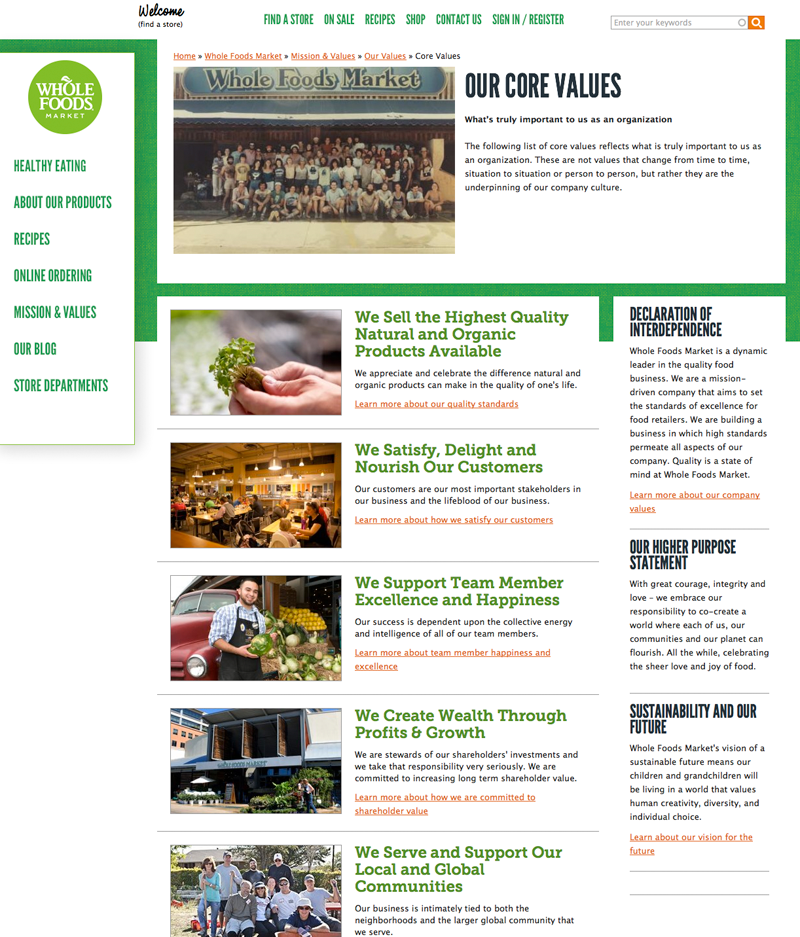
Image via www.wholefoodsmarket.com
Team Communications – Slack Versus Email
Have you ever heard anyone say how much they absolutely love email? It just doesn’t happen. Yet, customers are passionate about Slack.

Image via www.slack.com
“I love Slack. I really, really do. So much so I would call it an addiction at this point,” wrote Dave Teare, founder of Canadian-based 1Password, the secure password app that started as a two person company 10 years ago and grew to over 60 people. Using Slack as the internal communications channel, Teare says, “As a company we’ve never felt more connected. The notifications are to die for. They are simply amazing and fun to receive.”
The cloud-based software developed in summer 2013 is meant to reduce or eliminate workplace email. About 8,000 customers signed up within 24 hours of launch and in 2015, Slack passed one million daily active users. The Financial Times wrote that Slack was the first business technology to cross from business to personal use since Microsoft Office and the BlackBerry.
Several months ago, the free messaging app lit up the tech press when it raised funds at a $1.2 billion valuation. Well, try $2.8 billion now, and still growing.
“Better than truffles,” and “in love with a service” are the kind of comments you’ll find when you visit the Wall of Love to find out what happy customers are saying. Take the tour. Slack clearly states the value proposition, “A new kind of messaging…what’s different about Slack…and no more email.”
On-demand Transportation – Lyft Versus Uber
Ride-sharing conducted on smartphones has shaken up the taxi and limousine business in urban centers all over the world. Passengers request a ride on a mobile app and get connected to a nearby driver, displaying profile, name, headshot, vehicle make and model of their car, and estimated arrival time. No payment transaction is needed, as payments are automated.
In some cities, competing brands exist in the massive transportation industry. Uber and Lyft are chief among these. Uber has spread to 58 countries, Lyft is available in 200+ US cities.
Despite being the challenger brand, Lyft expected to reach $1 billion in gross annual revenue in 2015, up from $130 million, the company’s co-founder told Reuters. Uber’s gross bookings were projected to hit $10.84 billion in 2015, rising to $26.12 billion in 2016.[5]
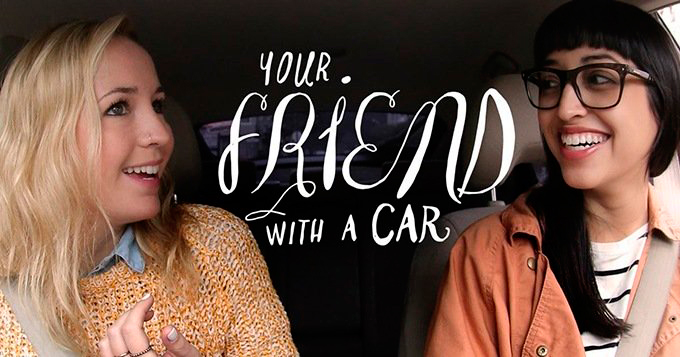
Image via www.rideshare.com
Each service offers a different ride experience, including casual, shared, disabled, limousine. All offer a deeply personal solution to a problem: getting from A to B affordably, safely, reliably and on-demand.
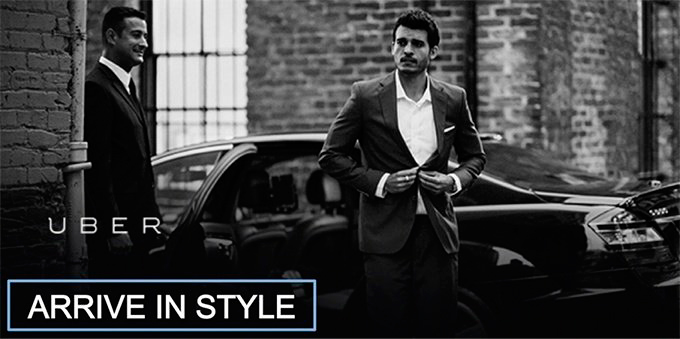
Image via www.rideshare.com
Uber started as a luxury car service with the motto, “everyone’s private driver,” and they take a higher percentage from the drivers, too. In a Lyft car, passengers fisty-bump (it’s an insider gesture) with the driver and sit in the front seat. The touchy-feely brand has the motto, “your friend with a car.”

Image via www.rideshare.com
The ramifications of the taxi and limousine disrupt are potentially far-reaching. Observers are watching to see whether the post-IPO Uber Technologies Inc. [UBER.UL] and privately-owned Lyft carve out different strategic areas within each brand. For Lyft, possibly impacting commuter habits across America[6] and for Uber, competing with Google to upset the entire automobile industry with driverless cars.
Men’s Shaving – Dollar Shave Club Versus Gillette
Since the dawn of the 20th century, shaving for gentlemen has been dominated by the safety razor from Procter & Gamble’s Gillette, a brand valued at $20.5 billion, accounting for 70 percent of the global market.
Yet, the in-store shopping experience is not entirely customer friendly with packaging which can be somewhat challenging for the less nimble fingered and complicated blade choices, all of which are typically locked behind glass cases due to their higher prices.
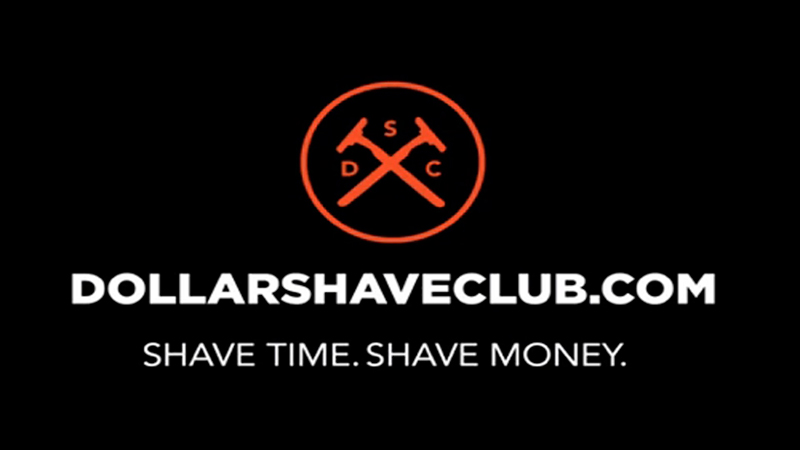
Image via www.dollarshaveclub.com
Dollar Shave Club focused on that reportedly unappealing customer experience, encouraging consumers to join a home delivery scheme to “Shave Time. Shave Money.” The Guardian reports that “Dollar Shave Club’s sales have steadily increased since its launch, from $4m in 2012 to a projection of between $140m and $150m this year, with 2.4 million users.”
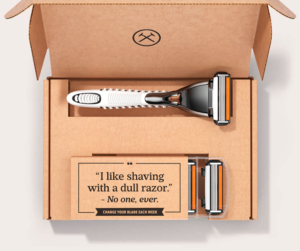
Image via www.dollarshaveclub.com
Watch Michael Durbin, the Venice, Californian-based former improv comic present his vision in a YouTube video that prompted 12,000 orders in a two-day span after it was released in 2012 and has now enjoyed 22 million views.
- Which of these challenger brand case studies do you find most compelling and why?
- Can you think of an industry that’s a prime target for a challenger brand?
- Do you agree that building a sound brand strategy begins with research: knowing what customers need — not what you think they need?
- As a challenger brand, can you carve out a very unique niche to own and defend?
- Do you know how to make your message totally unique, memorable and relevant to your target audience?
- In what ways do you think a challenger brand should market itself differently from market leaders with larger resources?
You may also like:
• The Power of Disruptor and Challenger Brands
• The Profit Power of Cult Brands, Why and How to Create One
• Brand Profiling: How Brand Performance and Purpose are Inextricably Linked
• Rebranding Strategy: Why Your Rebrand Must Embrace Storytelling
• Brand Profiling: How to Use Emotion to Make Your Brand More Profitable
• Brand Revitalisation and Relaunch: The do’s and don’ts of doing it successfully!
• Brand CSR: The Business Case for Successful Branding and Social Good







Leave a Reply
Want to join the discussion?Feel free to contribute!